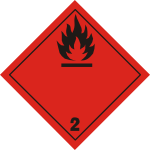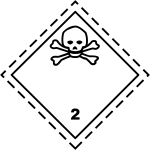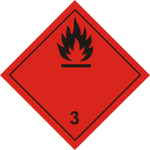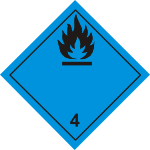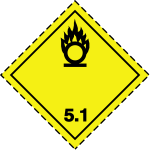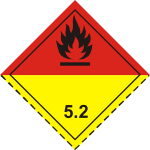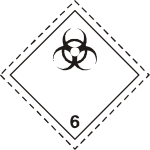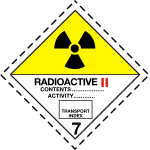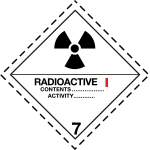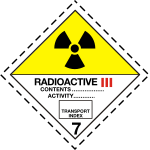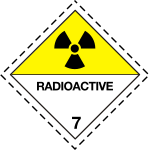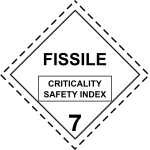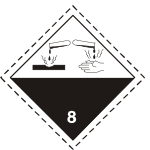Labeling Regulations for Chemical Transportation
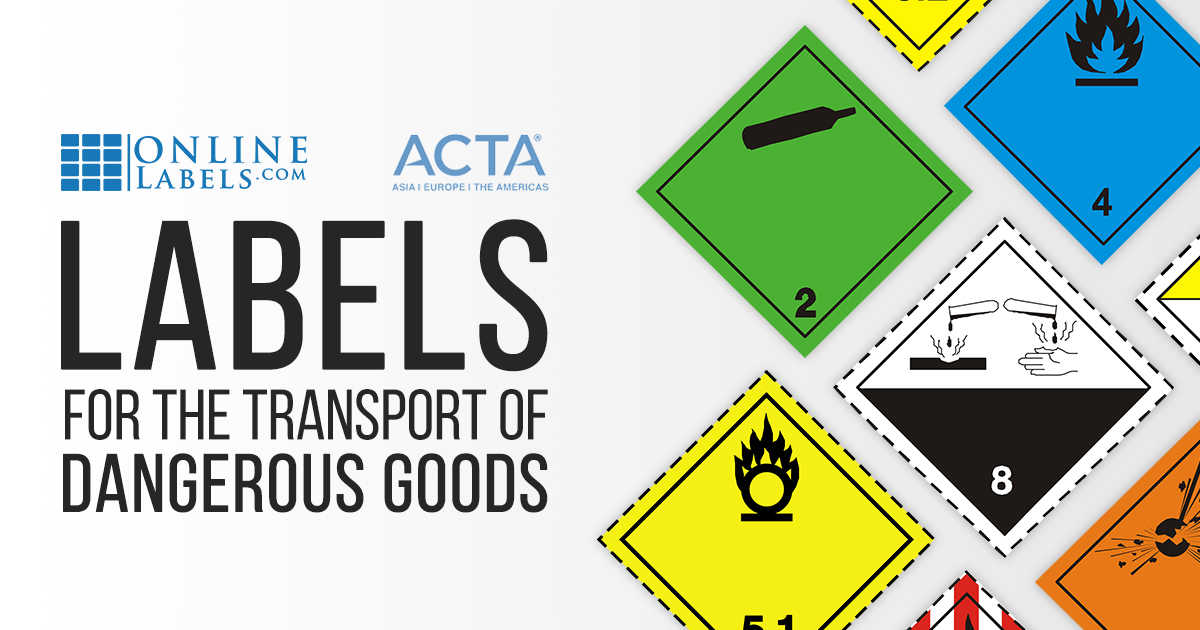
During the supply chain, your products pass through a variety of different hands. With the transportation of dangerous goods in particular, manufacturers are required to follow specific labeling regulations. These requirements are designed to keep the employees, carriers, and transporters handling your goods safe.
The Regulations
Formal name: UN Recommendations on the Transport of Dangerous Goods
Common name: Transportation of Dangerous Good (TDG)
Created by: Committee of Experts on the Transport of Dangerous Goods of the United Nations Economic and Social Council (ECOSOC)
The Transportation of Dangerous Goods is widely accepted around the world as the standard for labeling chemicals for transport. It covers nine classes of dangerous goods by way of road, air, and sea. It's the manufacturer's responsibility to correctly classify, pack, and document the dangerous goods.
If the label is at all disturbed during transport, the freight forwarder is responsible for contacting the manufacturer and getting a new one. Those handling the chemicals are also responsible for understanding the warnings and necessary precautions. This includes the manufacturing team, co-packers, freight forwarders, suppliers, and distributors.
Creating TDG Labels
Dangerous goods warning labels must be placed on the exterior packaging of the substance and must remain visible and intact throughout the life of the product. They include the chemical’s proper shipping name, designated UN number, and a warning pictogram based on its hazard classification.
Other markings, such as "environmentally hazardous," may also be required depending on the product.
To create TDG labels, select a template from the images below and customize with the specifics of your chemical. Print your design on any of our blank label materials. We offer a variety of sheet and roll options from paper-based stock to synthetic labels that are smudge and tear-resistant. Each material is also compatible with handwriting instruments including permanent markers.
TDG Classes & Label Pictograms
1. Explosives
2. Gases
3. Flammable Liquids
4. Flammable Solids
5. Oxidizing Substances
6. Toxic & Infectious Substances
7. Radioactive Material
8. Corrosives
9. Miscellaneous Dangerous Goods
Mislabeled hazards and chemicals can result in heavy fines to the manufacturer, product recalls, reputation damage, and more. Avoid complications through every step of the process with correctly labeled products.
For assistance with regulatory compliance, The Acta Group can help. The scientific and regulatory consulting firm specializes in the Transport of Dangerous Goods and Hazardous Materials (HazMat).
Thank you Karin Baron, M.S.P.H. for assisting in the creation of this article. Ms. Baron provides consulting services on classification and labeling requirements under various international and national legislations, including U.S. DOT, IATA, International Maritime Dangerous Goods (IMDG) Code, OSHA, Globally Harmonized System of Classification and Labeling of Chemicals (GHS) (United Nations (UN) model as well as international adaptations), and ADR. In the area of HazMats, Ms. Baron assists in navigating the nuances between the various classification criteria and the correlations that can impact local and international shipping particularly with respect to labeling and Safety Data Sheet (SDS) generation.
You may also be interested in our GHS Label Generator, downloadable GHS pictograms, or the following articles: Getting Your GHS Labels OSHA-Ready | Pre-Designed OSHA Label Templates | Keeping up with the Latest Hazard Communication Standards.
Protect your labels against chemical leaks with polyester-laminated labels.
This article is meant to be used as a labeling guide, it is not an authoritative resource on the latest TDG regulation. At the time of publication (September 2018), the information mentioned above is compliant with federal and international laws. Please be sure to check government databases for updates or revisions as regulations can change frequently. We are not responsible or liable for any actions taken as a result of using the content or resources listed above.



